Places to Visit in São Roque do Pico, Pico Island
São Roque do Pico is a village and the seat of the municipality on Pico Island, subdivided into five parishes (Santa Luzia, Santo António, São Roque, Prainha, and Santo Amaro). Like Lajes do Pico, São Roque do Pico was significantly shaped by the whaling industry.
Its fertile lava soil gave rise to quality orange orchards and vineyards, particularly for the Verdelho grape variety.
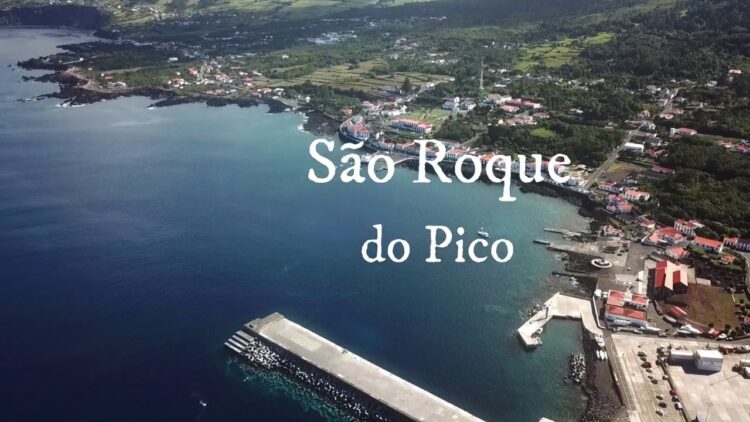
With many points of interest, visitors can explore the Whaling Industry Museum, the São Pedro de Alcântara Convent, several churches and chapels, beautiful lagoons, and forest parks. Its unique environmental richness captivates visitors with its distinctive features.
Fun Fact: A legend surrounds the origin of a famous saying in São Roque do Pico. When the religious orders were dissolved, all the friars had to leave the São Pedro de Alcântara convent. According to legend, they escaped one night through an underground tunnel connecting the convent to the port, leading to an unknown location. Since then, the phrase “take the monks’ turn” has come to mean the mysterious disappearance of something. However, it’s uncertain whether this tunnel actually existed.
Below are must-see spots during your stay in São Roque do Pico:
Índice de conteúdos [ocultar]
Whaling Industry Museum
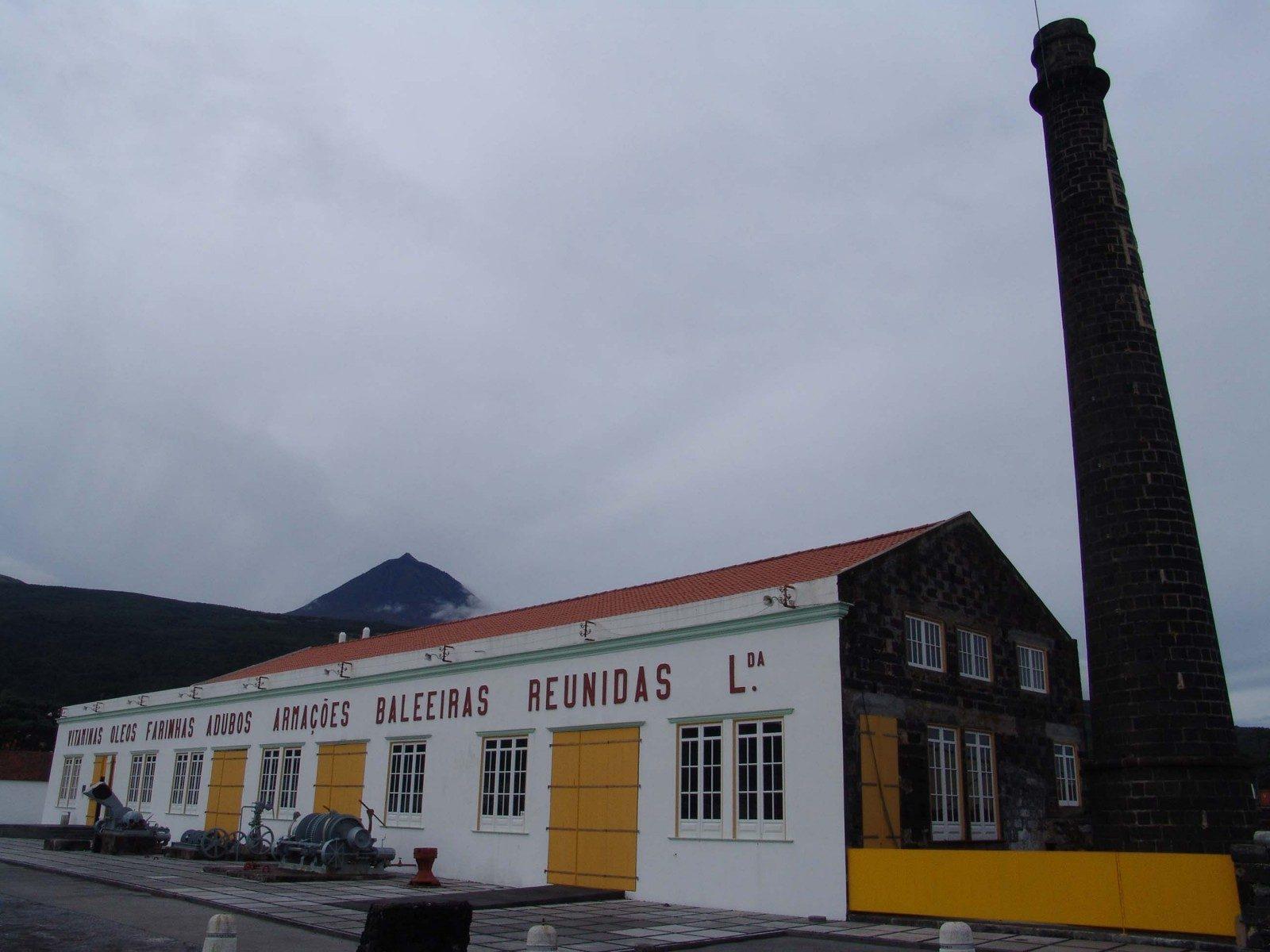
Whaling Industry Museum – Pico, Azores
The Whaling Industry Museum is located at the Commercial Port of Cais do Pico, once the site of the whaling factory run by “Armações Baleeiras Reunidas, Ltd.”
Here, from 1942, vitamins, oils, flour, and fertilizers were produced, all derived from whales. Converted into a museum in 1994, it showcases the impact of sperm whale hunting on Pico Island.
At the museum, visitors can see artifacts and equipment that tell the story of the complex industrial process of whaling. It’s considered one of the best industrial museums of its kind.
See also: Museums in the Azores >
Captain’s Lagoon
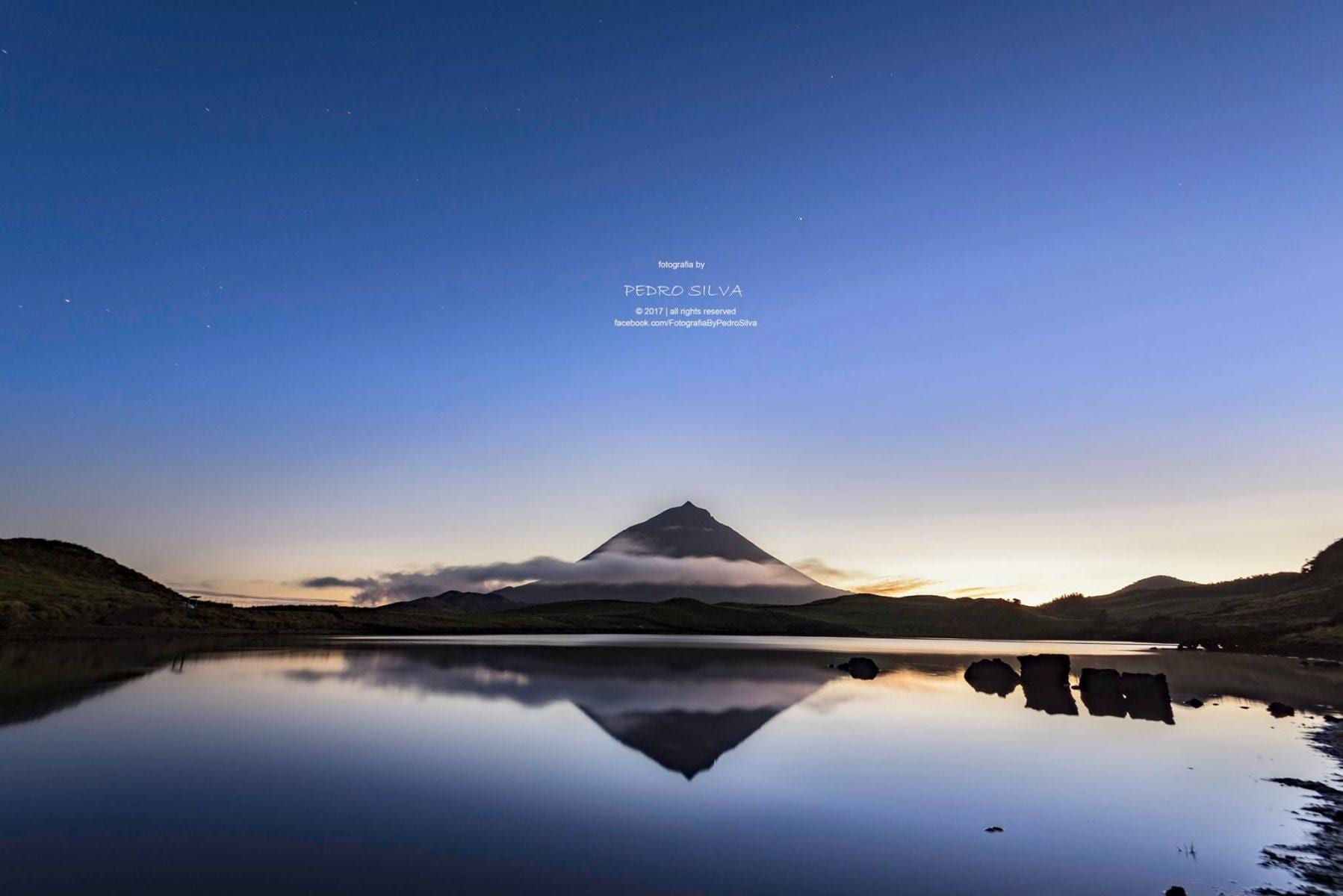
(C) Pedro Silva
Captain’s Lagoon is one of the best-known lagoons on Pico Island. Located over 800 meters above sea level, it reaches a maximum depth of 4.5 meters and holds a volume of 43,104 cubic meters. Surrounded by lush Macaronesian vegetation, Captain’s Lagoon captivates with its natural beauty.
Its name comes from a captain who owned much of the surrounding land. Although now degraded, his house is one of the best examples of 18th-century manor architecture.
A beautiful hiking trail begins at the lagoon, showcasing a rich variety of flora and fauna. Visitors may spot species like Erica azorica, holly, native cedar, laurel, Euphorbia stygiana, and vinhático.
The Pico Mountain, reflecting in the lagoon’s waters, adds to the charm of the landscape, making this one of the most visited lagoons on Pico Island.
Caiado Lagoon
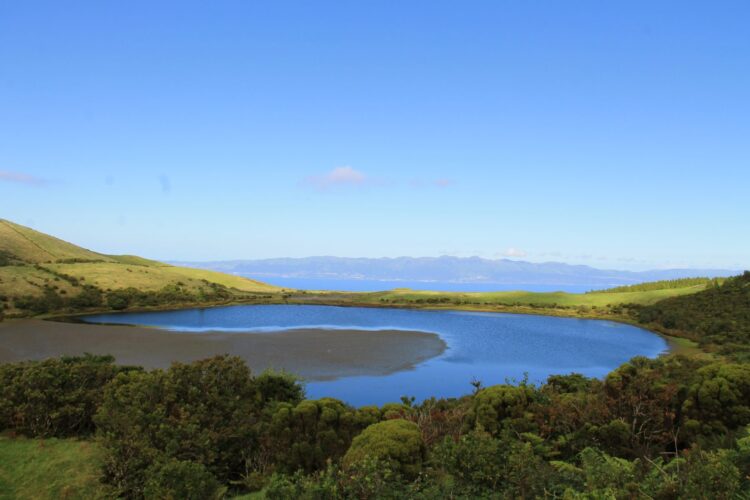
Caiado Lagoon is located on Pico Island’s central plateau within the Partial Natural Forest Reserve of Caiado Lagoon. It is the largest lagoon on Pico, with a watershed covering 18.8 hectares, situated over 800 meters above sea level.
Due to the island’s high humidity, the lush green landscape is stunning, with various endemic Macaronesian plant species. It’s also an excellent spot for observing ducks.
However, due to strong winds and fog, the lagoon is rarely visited by bird watchers. Its pristine ecological condition has made it a public water source managed by the São Roque Municipality since 1993.
Peixinho Lagoon
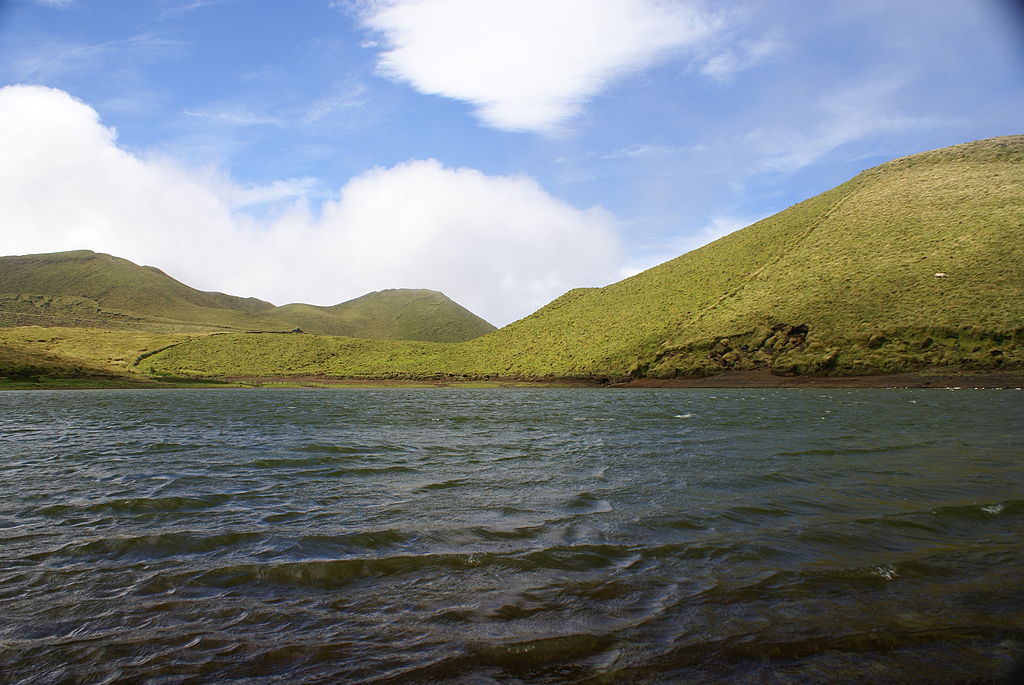
Peixinho Lagoon is located near Caiado and Rosada Lagoons, at an altitude of around 900 meters. The region is characterized by volcanic cones and typical wetland vegetation.
In this tranquil environment, rare Azorean wildlife can be observed, such as the American wigeon, ring-necked duck, and Montagu’s harrier. It’s also the best spot on Pico Island to witness the breeding display flights of snipes.
Santa Luzia Forest Park
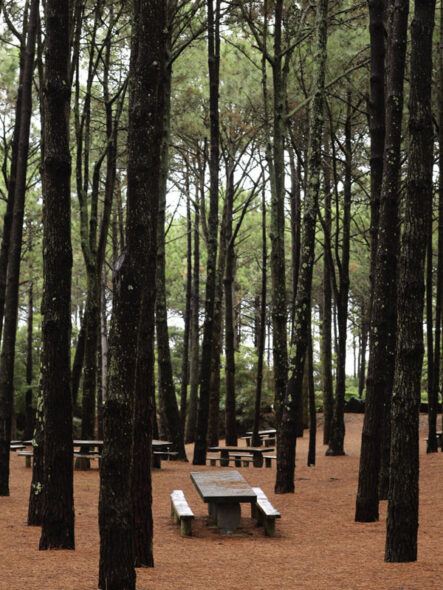
(C) http://drrf-sraa.azores.gov.pt/
The Santa Luzia Recreational Forest Reserve covers a flat area of about 6 hectares, featuring typical Laurissilva forest vegetation, where tall Monterey pines, native heather, and incense trees grow. The ground is covered with pine needles.
This wooded park offers excellent leisure opportunities, with picnic facilities, a playground, fitness area, deer viewing area, and restrooms, allowing visitors to connect with nature. Its spacious area often hosts events like masses, scout gatherings, and local festivals.
In addition to its common vegetation, the park has a botanical area with various endemic species, including the Azores heather, whitewood, bloodberry, and laurel.
Prainha Forest Park
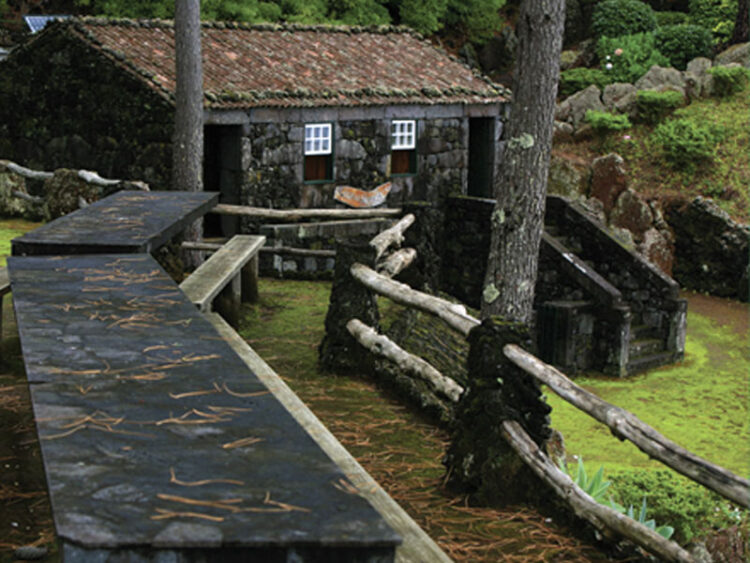
(C) drrf-sraa.azores.gov.pt
The Prainha Recreational Forest Reserve covers nearly 15 hectares of wooded areas, offering active recreation facilities and a panoramic view of the Pico-São Jorge Channel. Paths are bordered by ornamental plants and native vegetation, including Azorean heather, native heather, and many pine and incense trees.
Besides the forest trails, visitors can explore a traditional island house and wine cellar or enjoy picnics, a playground, sports facilities, and a camping area. The view is stunning, and the park is well-maintained.
Protected Landscape of the Vineyard Culture of Lajido de Santa Luzia and Interpretation Center
The Vineyard Culture Landscape of Lajido de Santa Luzia spans 987 hectares and has been a UNESCO World Heritage Site since 2004. It includes two historical sites (Lajido da Criação Velha and Lajido de Santa Luzia), representing a remarkable example of traditional vineyard culture, from landscape design to natural elements.
Green vineyards spring from black lava fields, creating beautiful natural scenery. The diverse flora and fauna include rare endemic species and protected areas.
Visitors can tour the Interpretation Center of the Vineyard Culture Landscape of Pico Island (CIPCVIP), where they can watch a documentary about this heritage site.
Guided tours of the “lajidos,” vineyards, fig fields, and an operating distillery are also available. Wine tastings and sales are offered to complete the experience.
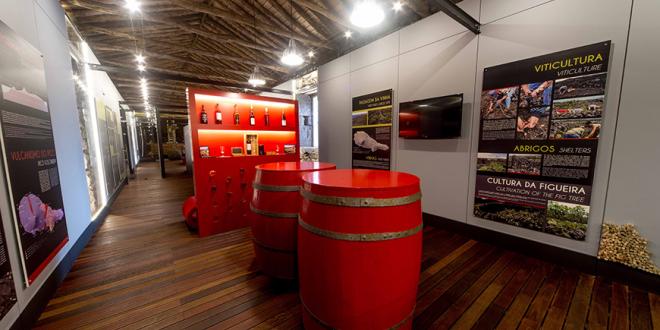
(C) Visit Azores
Hours
Daily > 10:00 am – 1:00 pm | 1:30 pm – 5:00 pm
Admission
- Child (0 – 6 years)1: Free
- Junior (7 – 14 years): €1.00
- Adult (15 – 64 years)2: €3.00
- Senior (65+ years)2: €2.00
- Family (2 adults and children under 14)3: €6.00
- RAA Resident*: Free
Guided Tour of Lajido de Santa Luzia4:
Advance booking required (48 hours in advance). Tour duration: 30-45 minutes. Group size: 4 – 20
- Child (0 – 6 years): €5.00
- Junior (7 – 14 years): €5.00
- Adult (15 – 64 years): €5.00
- Senior (65+ years): €5.00
- RAA Resident: €5.00
Combined Ticket (Interpretation Center of the Vineyard Culture Landscape of Pico Island and Volcano House):
- Child (0 – 6 years): Free
- Junior (7 – 14 years): €4.00
- Adult (15 – 64 years): €8.00
- Senior (65+ years): €4.00
- Family (2 adults and children under 14): €16.00
Address
Rua do Lajido, Santa Luzia, 9940 -108 S. Roque do Pico
Phone: (+351) 965 896 313
Rosada Lagoon
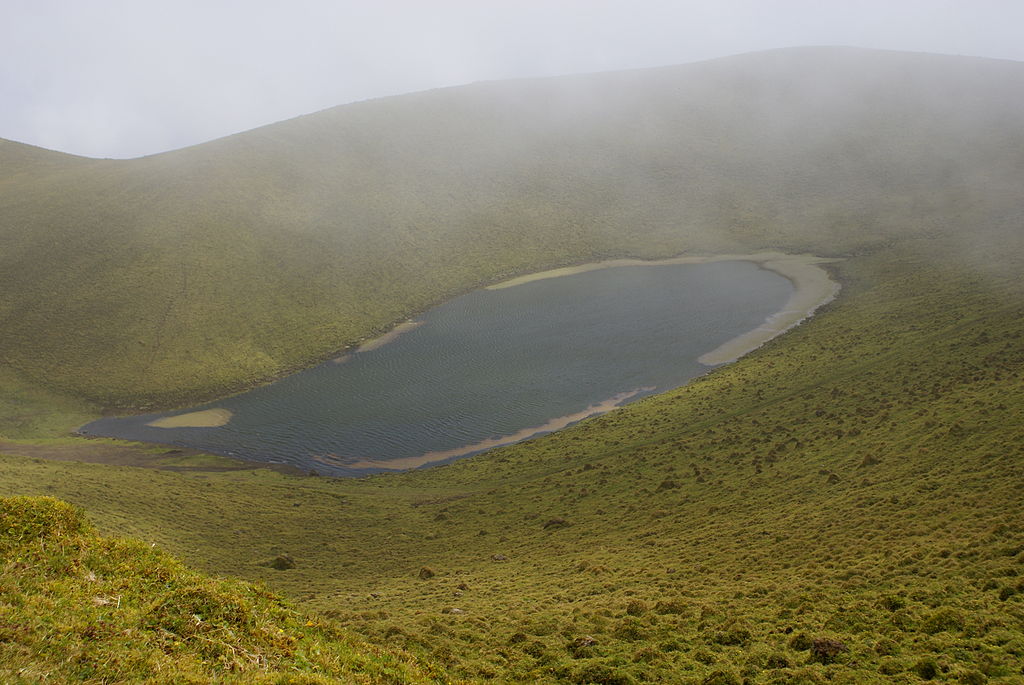
Rosada Lagoon is nestled in a volcanic crater, surrounded by beautiful, expansive pastures and endemic Macaronesian vegetation. The scenery radiates tranquility and communion with nature.
It is near Ilhéu and Peixinho Lagoons, at an altitude of around 900 meters.
Natural Pool at Cais do Pico
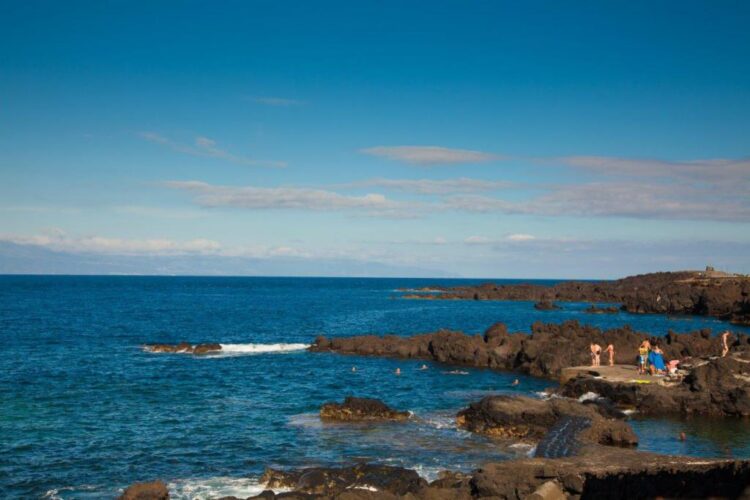
(C) São Roque Municipality
The Natural Pool at Cais do Pico consists of a natural pool surrounded by a garden and a fixed structure that provides access to the open sea. The swimming area includes facilities like a children’s playground, parking, and accessible conditions for visitors with reduced mobility.
The pool has a basalt slab bottom and cemented accesses, making it a calm spot for swimming and snorkeling. It has been awarded the Blue Flag, certifying the quality of its waters.
While visiting Pico Island, make sure to explore São Roque do Pico—it’s well worth it! Its stunning landscapes, featuring untouched nature filled with endemic flora and fauna, captivate everyone who visits.
 Quick links and suggestions
Quick links and suggestions
Travel insurance with 15% discount for the Azores or another destination Click here to simulate >
Looking for trips to the Azores? See these promotions >
Rent a car in the Azores? The best rent-a-car >
Activities and Experiences during your stay? Check it out here >
See Whales and Dolphins? Book now online >
Have you had a canceled or delayed flight in the last 3 years? Receive your compensation here >


